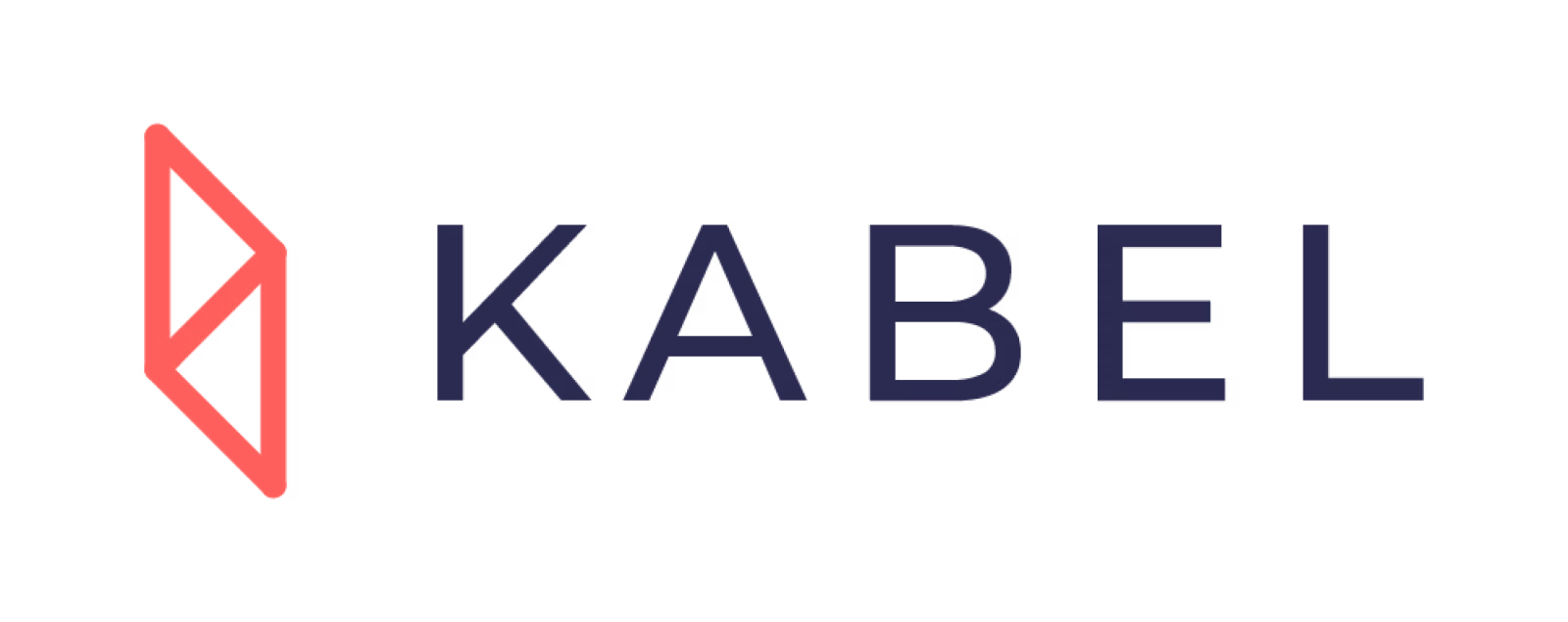Kabel Internship Planning Guide For Employers
This guide helps you redesign internships into structured capacity engines, where interns deliver outcomes, free up your team, and feed your future hiring pipeline.
By the end of this guide, you’ll know how to:
- Design internship roles with measurable impact
- Structure mentorship that scales learning
- Track outcomes that prove business ROI
- Build a repeatable system with Kabel
Step 1: Identify Your Capacity Gaps
Ask: Where are we losing time?
| Area | Common Symptoms | Internship Opportunity |
|---|---|---|
| Marketing | Delayed campaigns, manual posting | Automate scheduling, content tracking |
| Operations | Manual reporting, unstructured files | Build SOPs, dashboards, workflows |
| Sales / CRM | Outdated databases, missed leads | Clean data, segment leads, update CRM |
| HR / Admin | Paper processes, poor analytics | Digitise onboarding, track attendance |
| Finance | Slow invoicing, spreadsheet chaos | Integrate expense trackers, automate forms |
Tip: Choose 2–3 focus areas for your next intake.
Step 2: Define Outcomes, Not Job Titles
A strong internship plan begins with clear deliverables.
Weak: “Assist Marketing Team”
Strong: “Develop a 30-day automated campaign calendar using Canva and Meta Business Suite.”
Project Template:
| Project Title | Objective | Expected Output | Tools |
|---|---|---|---|
Goal: Each project should create something the company can use.

Step 3: Assign a Sponsor, Not a Supervisor
A sponsor is a mentor and guide. Their role is to coach thinking, not manage tasks.
Sponsor Checklist:
- Host onboarding walkthrough (context, tools, expectations)
- Hold weekly 30-minute progress chats
- Encourage documentation and reflection
- Recognise contributions publicly
Sponsors gain insight into new digital tools from interns, creating reverse learning benefits.
Step 4: Build Weekly Learning Loops
Structure the internship like agile sprints:
| Week | Focus | Deliverable | Feedback |
|---|---|---|---|
| 1 | Orientation & setup | Access, project briefing | Kick-off review |
| 2–3 | First prototype | Early version or test | Sprint check-in |
| 4–6 | Execution | Working deliverable | Mid-term review |
| 7–8 | Optimisation | Refinement, documentation | Mentor session |
| 9–10 | Final showcase | Presentation or report | Team sharing |
Small cycles create faster learning and visible progress.
Step 5: Measure Internship ROI
Stop tracking attendance, start tracking impact.
Quantitative Metrics:
- Hours saved through automation
- Deliverables completed
- Speed or accuracy improvements
- Tools successfully adopted
Qualitative Metrics:
- Manager feedback
- Intern reflection insights
- Post-intern conversion interest
ROI Template:
| Metric | Target | Actual | Notes |
|---|---|---|---|
Step 6: Turn Internships into a Continuous System
After every batch:
- Archive all outputs in a shared drive
- Document what worked and what didn’t
- Reuse and refine the same project briefs
Over time, you create your internal Digital Agent Playbook.
Example Internship Projects
| Function | Project Idea | Duration |
|---|---|---|
| Marketing | Build TikTok content calendar + analytics dashboard | 8 weeks |
| Sales | Automate CRM lead follow-ups | 6 weeks |
| HR | Create onboarding Notion page | 4 weeks |
| Finance | Set up expense tracking dashboard | 8 weeks |
| Operations | Document workflows for supplier management | 6 weeks |
How Kabel Can Help
Kabel helps companies design internship systems that multiply execution, not just learning:
- Match interns by skills and learning goals
- Use plug-and-play project templates
- Track progress through dashboards
- Train mentors with digital coaching guides
- Measure ROI and convert top interns to full-timers
Outcome: Real projects completed, real skills built, real capacity created within 90 days.
Final Thought
You don’t need bigger teams to grow. You need systems that learn while they work.
Start small. Design one high-impact internship. Watch your capacity multiply.






